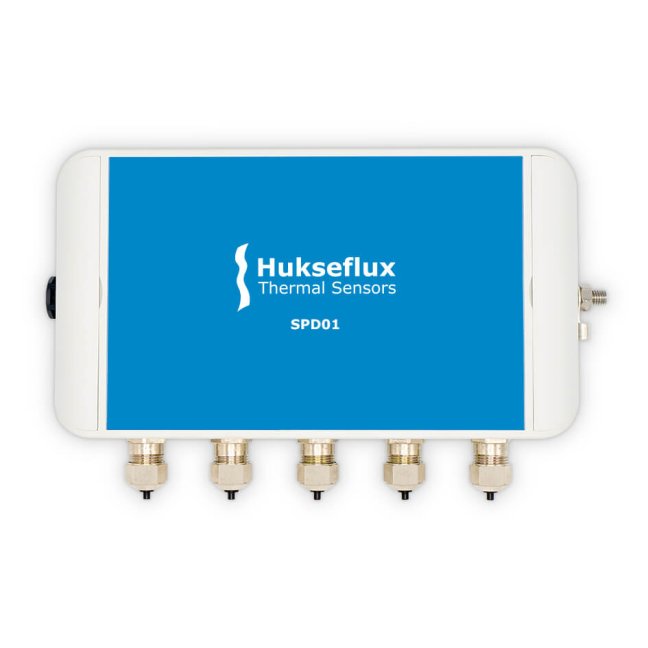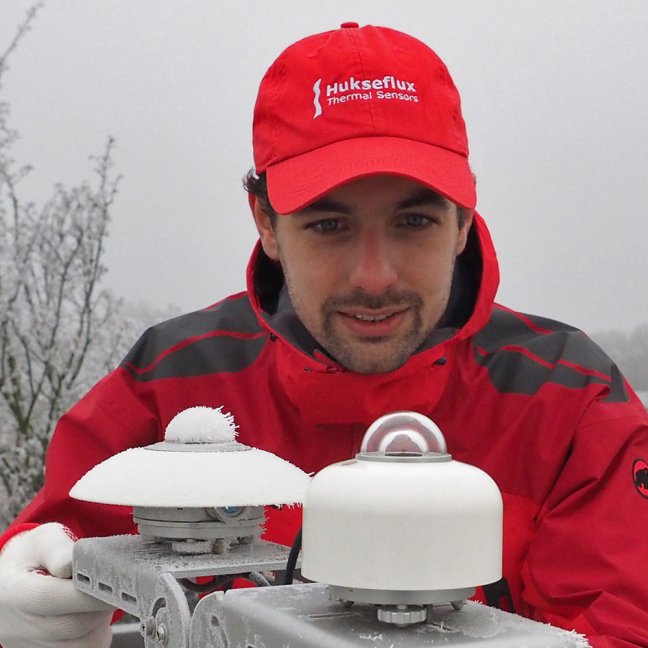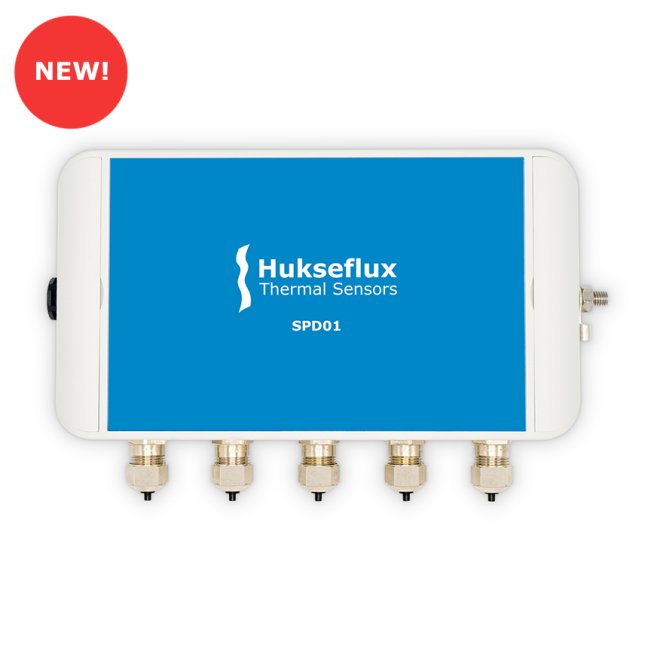Industrial Class A pyranometer with heating and tilt sensor
Hukseflux is proud to introduce SR300-D1. Succeeding our market-leading SR30 model, SR300-D1 is further optimised for use on PV power plants. The sensor complies with the industrial-grade requirements for sensor surge immunity and installation safety. SR300-D1 is intended for deployment where the highest measurement reliability and accuracy are required.
- designed for IEC 61724-1 Class A compliant PV system performance monitoring
- internal heating for dew and frost mitigation in all climates
- integrated surge protection, designed to withstand the extreme conditions encountered on PV power plants, upgradable to 4 kV with optional SPD01 Surge Protection Device
- RS-485 isolation: Galvanic isolation, for reliable operation and flexibility in system design
- compliant with IEC 61326-1 “Industrial equipment” – rated for Industrial Electromagnetic Environments
- enables system designers to comply with local safety regulations
- supported by a worldwide calibration organisation for the lowest total cost of ownership
Specifications
- hemispherical solar radiation
- sensor tilt angle (3 components x, y and z)
- spectrally flat Class A pyranometer
- meets Class A PV monitoring system requirements
or contact us: info@hukseflux.com



































